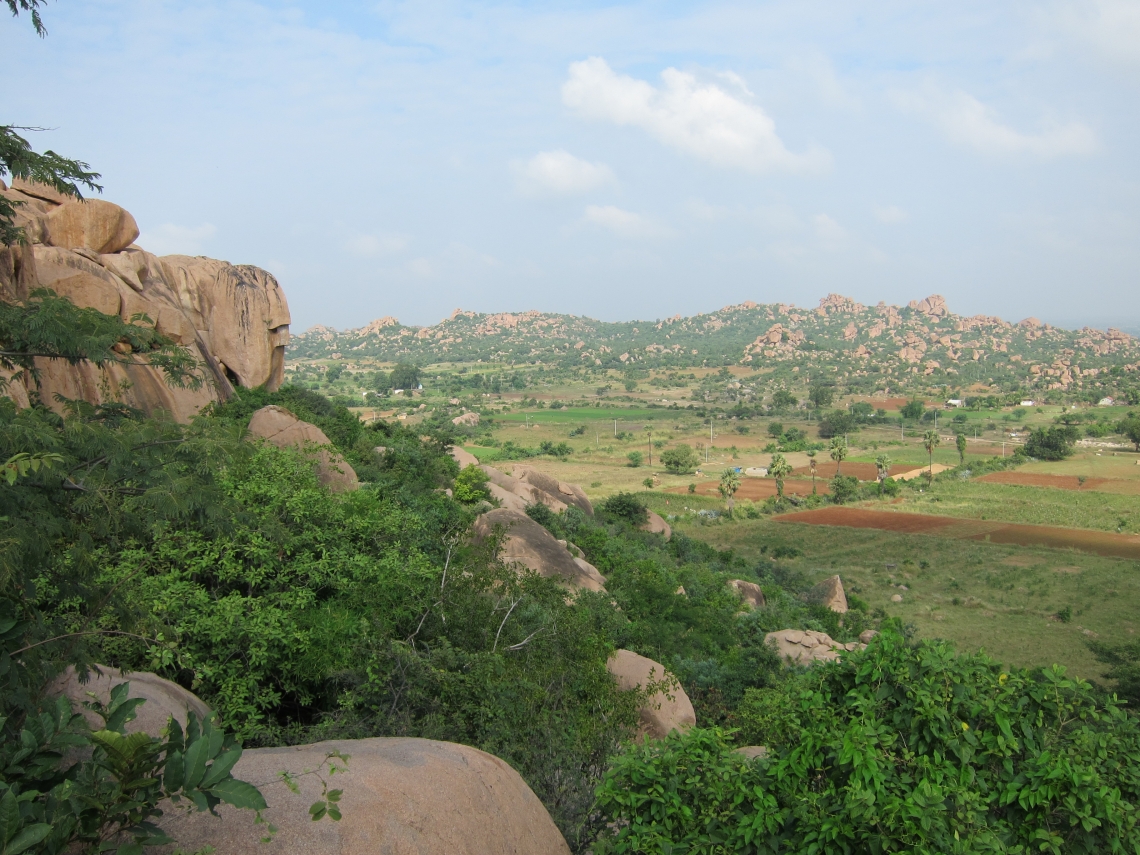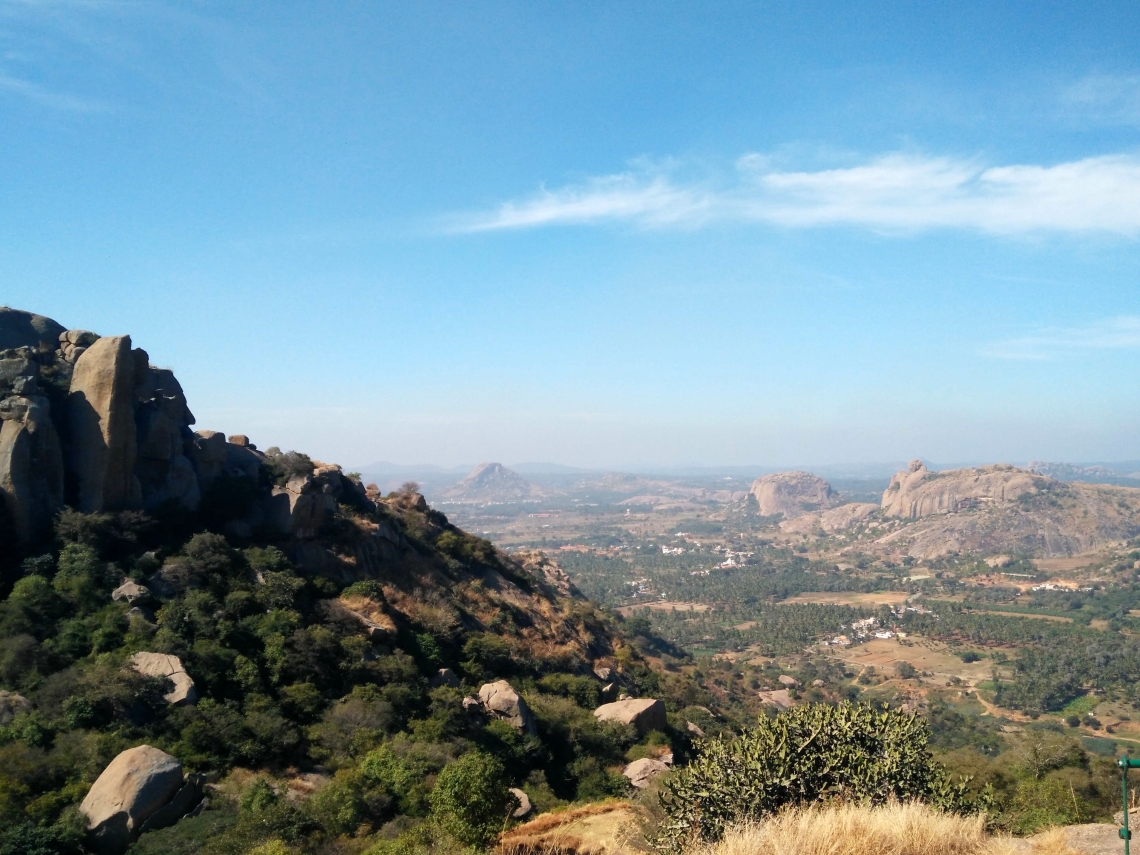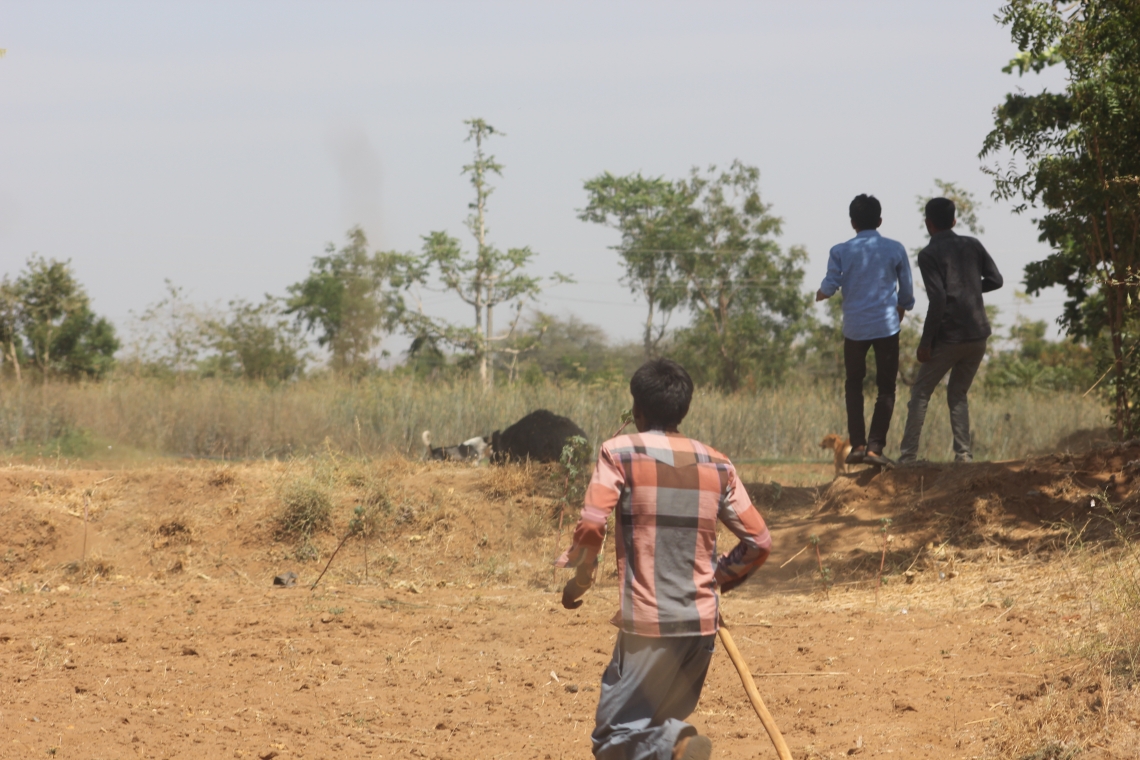Red List status: Vulnerable –– dramatically increasing human population growth in India is expected to reduce sloth bear numbers by >30% over the next 30 years (3 generations). The sloth bear has been listed as Vulnerable by the IUCN since 1990, and also included in CITES Appendix I since 1990.
Click here to see IUCN Red List account of this species

Threats: The major threats to this species are habitat loss or degradation related to human population growth, and retaliation from or prevention of human‒bear conflicts. Habitat has been lost, degraded, and fragmented by overharvest of forest products (e.g. timber, fuelwood, fodder, fruits, and honey), establishment of monoculture plantations (e.g. teak and eucalyptus), over-grazing, extraction of minerals, quarrying, settlement of refugees, and expansion of agricultural areas, human settlements, and roads. Human–bear conflicts involve human injuries or threats of injury rather than property damage. More human injuries are related to sloth bears than to all other bears combined, worldwide. This is because high densities of people live near sloth bears, these bears use highly degraded habitats where they are frequently exposed to people at close range, and sloth bears are naturally aggressive. Their predisposed aggressiveness may have evolved in response to sharing open habitats with large, formidable predators such as tigers; fights between tigers and sloth bears have been observed, sometimes resulting in death of one or the other. Due to their aggressiveness, people fear sloth bears and kill them sometimes just due to this fear.
Commercial trade in sloth bear parts seems to be a minor concern compared to other Asian bears. Traditional use of their parts mainly involves the fat, not the gall bladder, although some international trade in gall bladders and skins has been documented.
The capture of cubs (which typically entailed the killing of the mother bear) for use as street-show "dancing bears" used to be a threat in some parts of India but this practice has been virtually eliminated. Dancing bears have been illegal in India since 1972, though the practice continued in earnest until 2009.

Sloth bear_M ursinus_Karnataka India_habitat fragmentation T Sharp Wildlife SOS

Sloth bear_M ursinus_Gujarat India_fragmented habitat_Prachi Thatte

Sloth bear_M ursinus_Gujarat India_chasing bear out of village_N Dharaiya